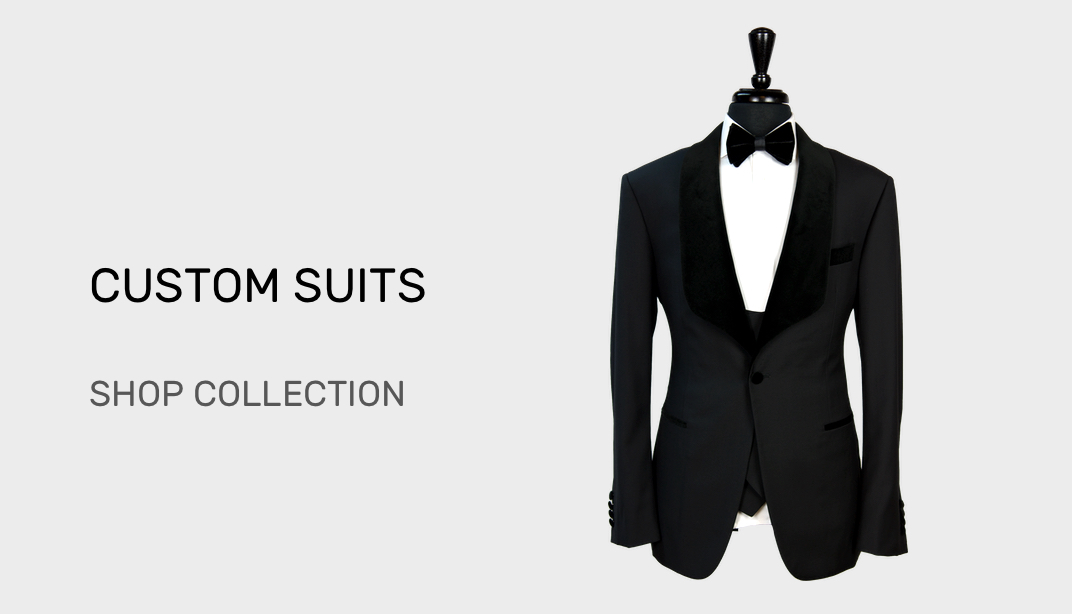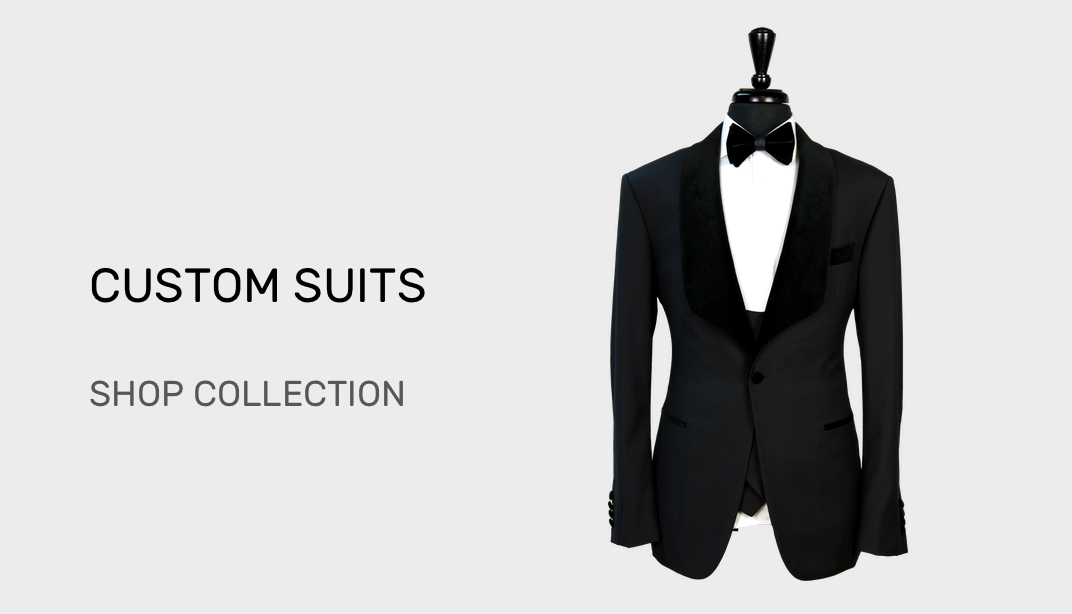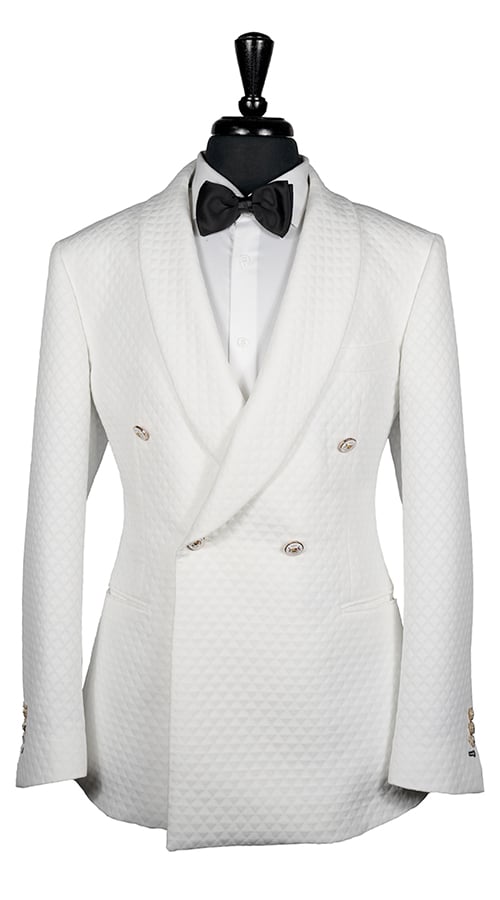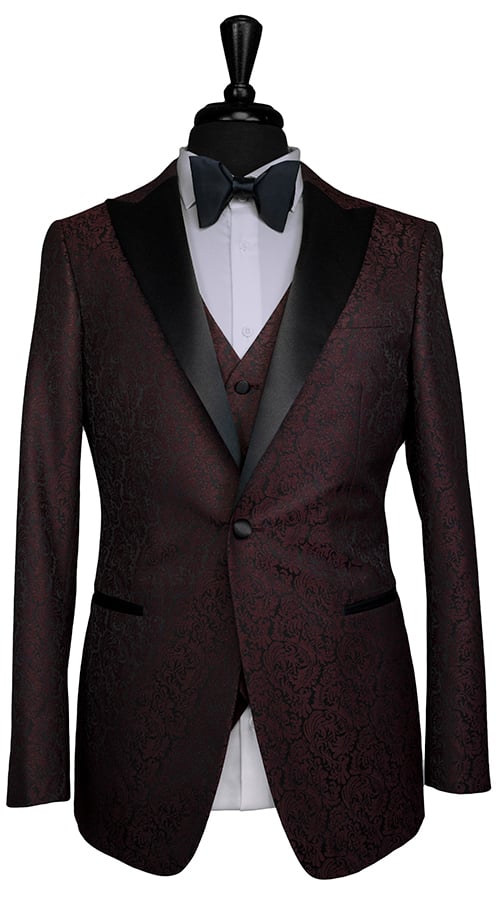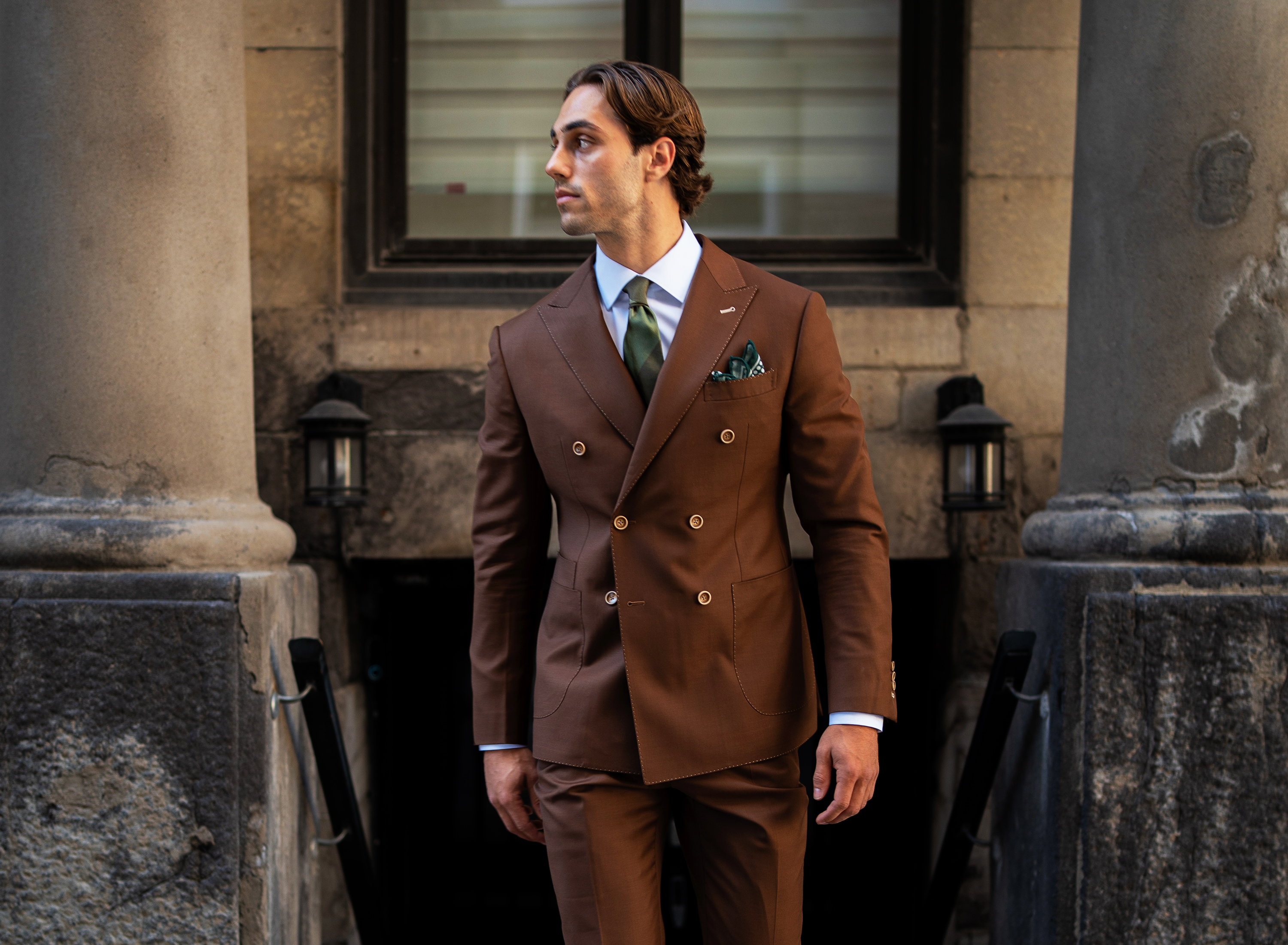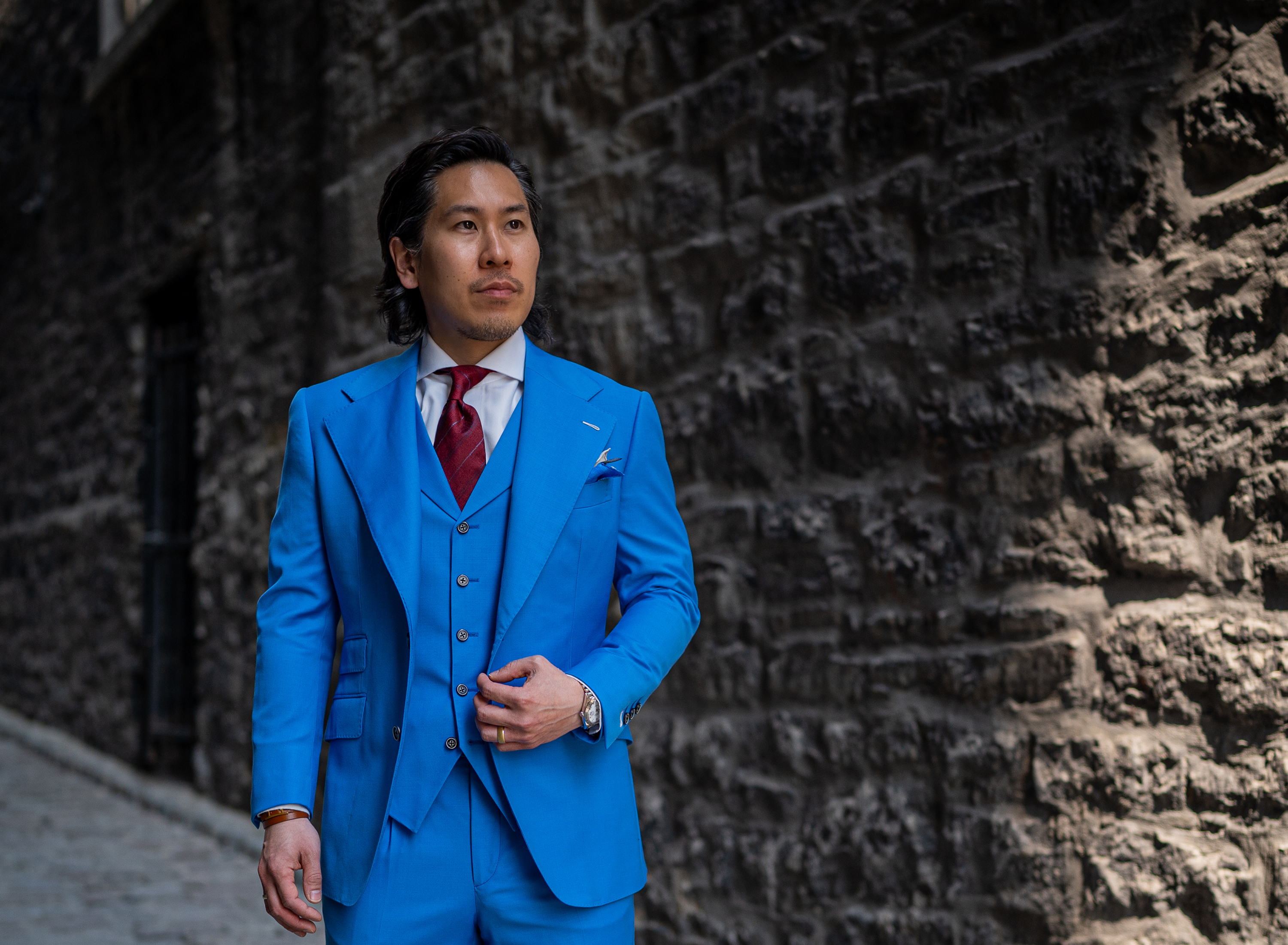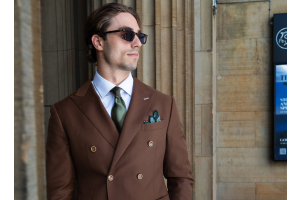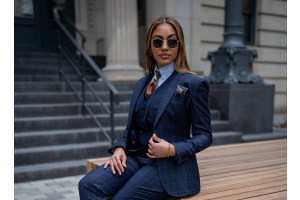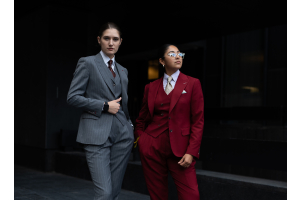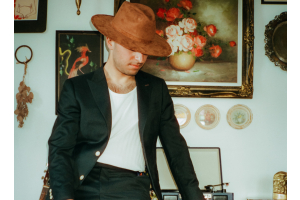-
MENSWEAR
-
Questions?
Schedule Appointment Schedule Virtual Consultation
Talk to us on our Live Chat or call us at 1-855-979-SUIT(7848)
-
-
WOMENSWEAR
-
Questions?
Schedule Appointment Schedule Virtual Consultation
Talk to us on our Live Chat or call us at 1-855-979-SUIT(7848)
-
-
DESIGN
-
Questions?
Schedule Appointment Schedule Virtual Consultation
Talk to us on our Live Chat or call us at 1-855-979-SUIT(7848)
-
-
SHOWROOMS
-
Questions?
Schedule Appointment Schedule Virtual Consultation
Talk to us on our Live Chat or call us at 1-855-979-SUIT(7848)
-
- Book Appointment
Toggle Nav


Search
Skip to Content
- FAST DELIVERY
- CUSTOM MADE
- PREMIUM FABRICS
-
MENSWEAR
-
![Suitablee header menu image]()
Questions?
Schedule Appointment Schedule Virtual Consultation
Talk to us on our Live Chat or call us at 1-855-979-SUIT(7848)
-
-
WOMENSWEAR
-
![Suitablee header menu image]()
Questions?
Schedule Appointment Schedule Virtual Consultation
Talk to us on our Live Chat or call us at 1-855-979-SUIT(7848)
-
-
DESIGN
-
![Suitablee header menu image]()
Questions?
Schedule Appointment Schedule Virtual Consultation
Talk to us on our Live Chat or call us at 1-855-979-SUIT(7848)
-
-
ACCESSORIES
-
SHOWROOMS
-
![Suitablee header menu image]()
Questions?
Schedule Appointment Schedule Virtual Consultation
Talk to us on our Live Chat or call us at 1-855-979-SUIT(7848)
-
- Book Appointment
- Pricing
- WEDDINGS
- BUSINESS
- GIFT CARDS
OUR FIT GUARANTEE!
YOUR FIRST PURCHASE? NO WORRIES!
The majority of our customers find their initial purchase to be a perfect fit. Our advanced algorithms and Artificial Intelligence, refined by thousands of diverse body types in our database, ensure a tailored fit with a 95% success rate. Whether you opt for self-measurement or use our Automatic Sizing Technology, rest assured of a near-perfect fit.
OUR FIT GUARANTEE POLICY ENSURES A HASSLE-FREE PURCHASE:
- 1. Need alterations? Simply visit your local tailor, snap a picture of the receipt, and send it to us. We'll provide a store credit or refund (up to $100 per suit).
- 2. Collaborate with our team. If alterations aren't feasible, SUITABLEE will remake your first order to meet your sizing specifications.
-
MENSWEAR
-
Questions?
Schedule Appointment Schedule Virtual Consultation
Talk to us on our Live Chat or call us at 1-855-979-SUIT(7848)
-
-
WOMENSWEAR
-
Questions?
Schedule Appointment Schedule Virtual Consultation
Talk to us on our Live Chat or call us at 1-855-979-SUIT(7848)
-
-
DESIGN
-
Questions?
Schedule Appointment Schedule Virtual Consultation
Talk to us on our Live Chat or call us at 1-855-979-SUIT(7848)
-
-
SHOWROOMS
-
Questions?
Schedule Appointment Schedule Virtual Consultation
Talk to us on our Live Chat or call us at 1-855-979-SUIT(7848)
-
- Book Appointment

- Home
- The SUITABLEE Perspective
- Wedding Style
- Guide to the Tuxedo
Guide to the Tuxedo | Custom Suits Made Easy.
English
English
Français
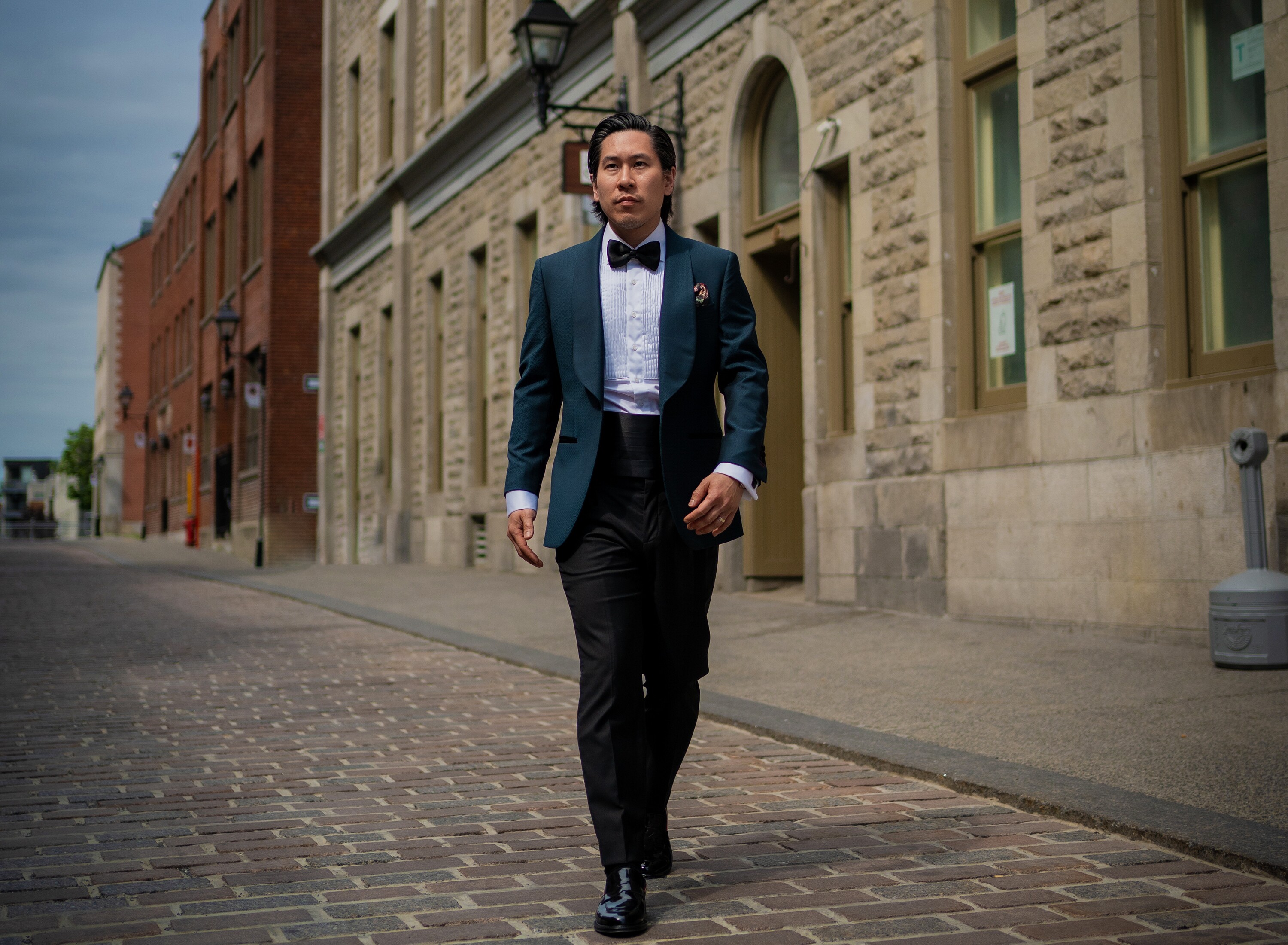
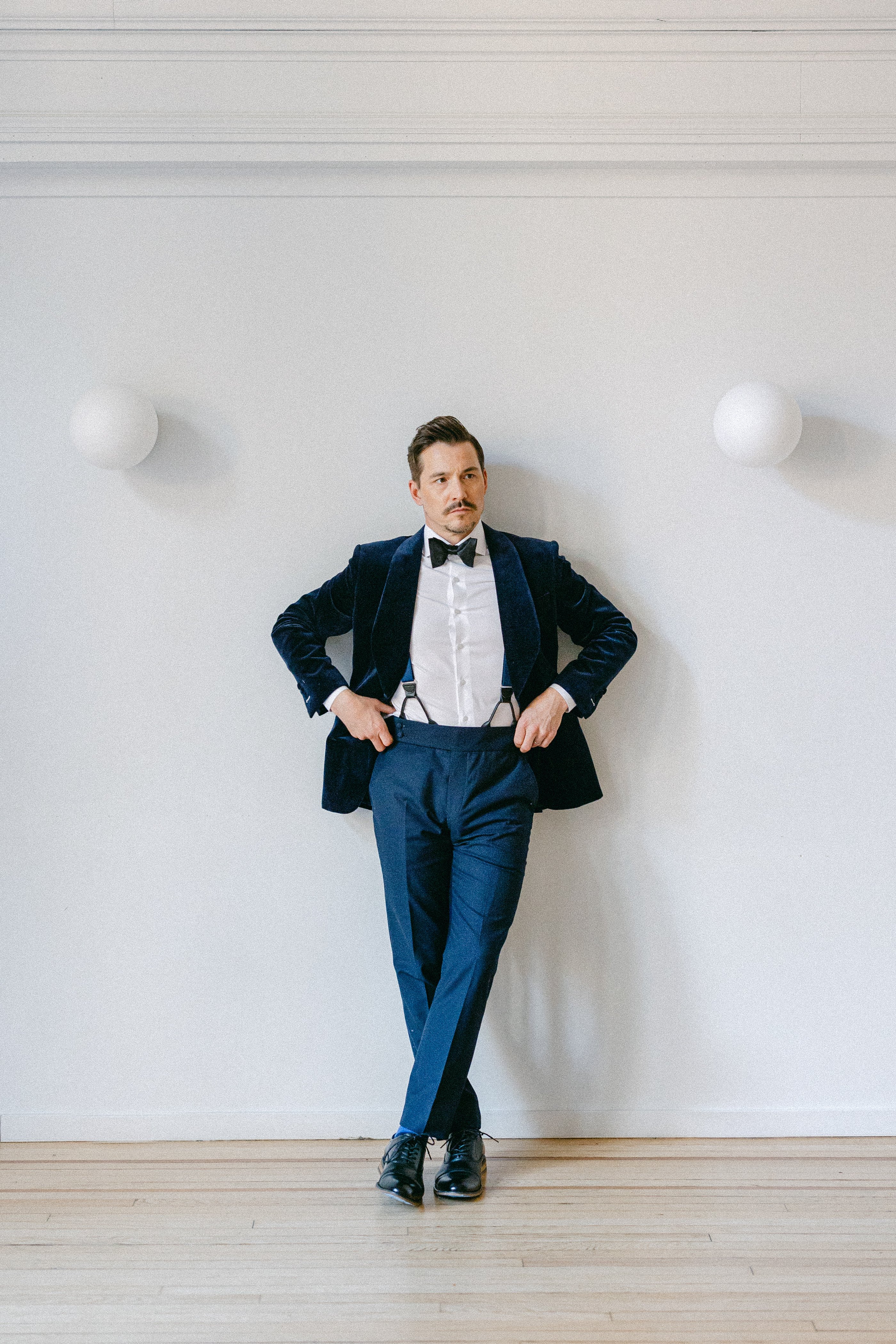
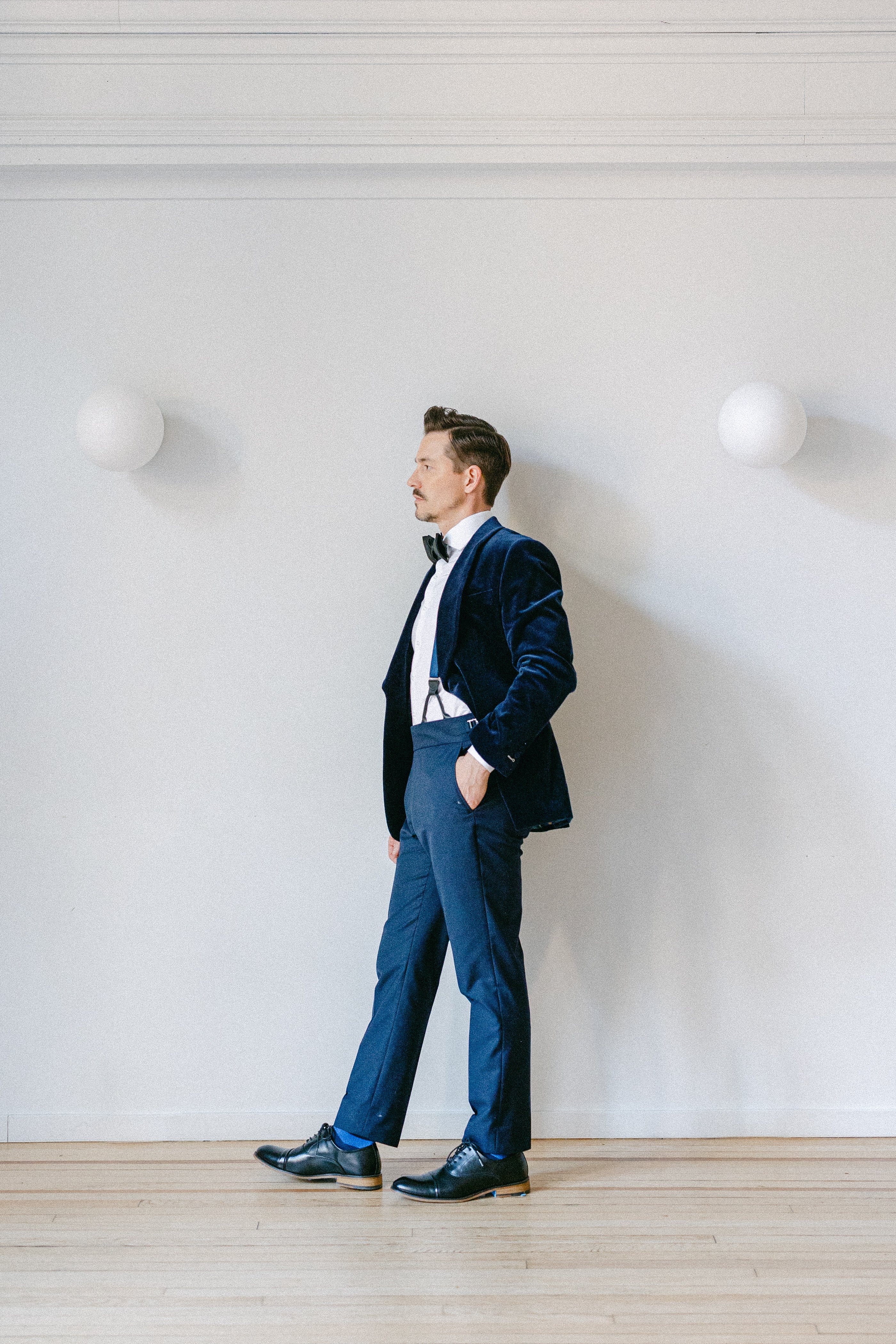
The suit that every man will wear at least once in his life is the tuxedo. Because it’s not an everyday outfit, many men rely on advice from others-tailors, friends, even sales associates-when deciding what to wear. But do they always know what they’re talking about? More often than not, the answer is no.
That’s where this guide comes in. Here, we’ll explore what sets a tuxedo apart from an ordinary suit, when and why it should be worn, and how to select the style that perfectly complements both the occasion and your personality. By the end, you’ll know how to step into any formal event with confidence, style, and poise.
What makes a tuxedo different from a suit?
A tuxedo is the pinnacle of formal eveningwear. Unlike a standard suit, which adapts to a wide range of settings, the tuxedo is reserved exclusively for elegant evening occasions. Its design details signal distinction: satin or grosgrain facings on the lapels, buttons, and trouser stripes; a crisp white shirt with a pleated or bib front; and a bow tie instead of a necktie.
Traditionally rendered in black or midnight blue, the tuxedo embodies formality at its finest. Some modern interpretations, such as white dinner jackets with black trousers, have gained acceptance-particularly in warmer climates or during the summer months. But no matter the variation, a tuxedo always communicates one thing: sophistication.
A Brief History of the Tuxedo
The tuxedo’s story begins in the late nineteenth century, in Tuxedo Park, New York, where American gentlemen adopted a more relaxed version of the British dinner jacket. It quickly became a symbol of modern elegance-less rigid than the tailcoat, yet equally refined. Over time, its appearance evolved: darker shades like midnight blue replaced stark black for a richer, more flattering tone under artificial light. Today, the tuxedo remains a universal emblem of evening refinement.
When to Wear a Tuxedo
Wearing a tuxedo is about more than dressing up-it’s about honoring the moment. Traditionally reserved for evening occasions, a tuxedo is most appropriate after 6 PM and is the standard for events labeled “Black Tie” or “Formal Attire.” It belongs at weddings, galas, award ceremonies, and red-carpet events-any occasion where elegance is expected.
It’s best avoided during the day or in business and casual environments unless the invitation specifically calls for it. Think of the tuxedo as a visual sign of respect for the event and its hosts. If the invitation mentions black tie, the tuxedo isn’t just an option-it’s a statement of good taste.
Tuxedo Styles: From Classic to Contemporary
While tradition defines the tuxedo, there’s still room for personal interpretation. The black satin tuxedo remains the gold standard-timeless, universally flattering, and suitable for virtually every formal event.
For warmer weather or destination settings, a white dinner jacket paired with black trousers adds freshness and flair without compromising formality.
Those seeking individuality may explore subtle color variations such as midnight blue, burgundy, or velvet textures.
These options work beautifully for creative black-tie events or holiday galas where personality is welcomed within the bounds of formality. Whatever your choice, the key is balance: style should enhance sophistication, not overshadow it.
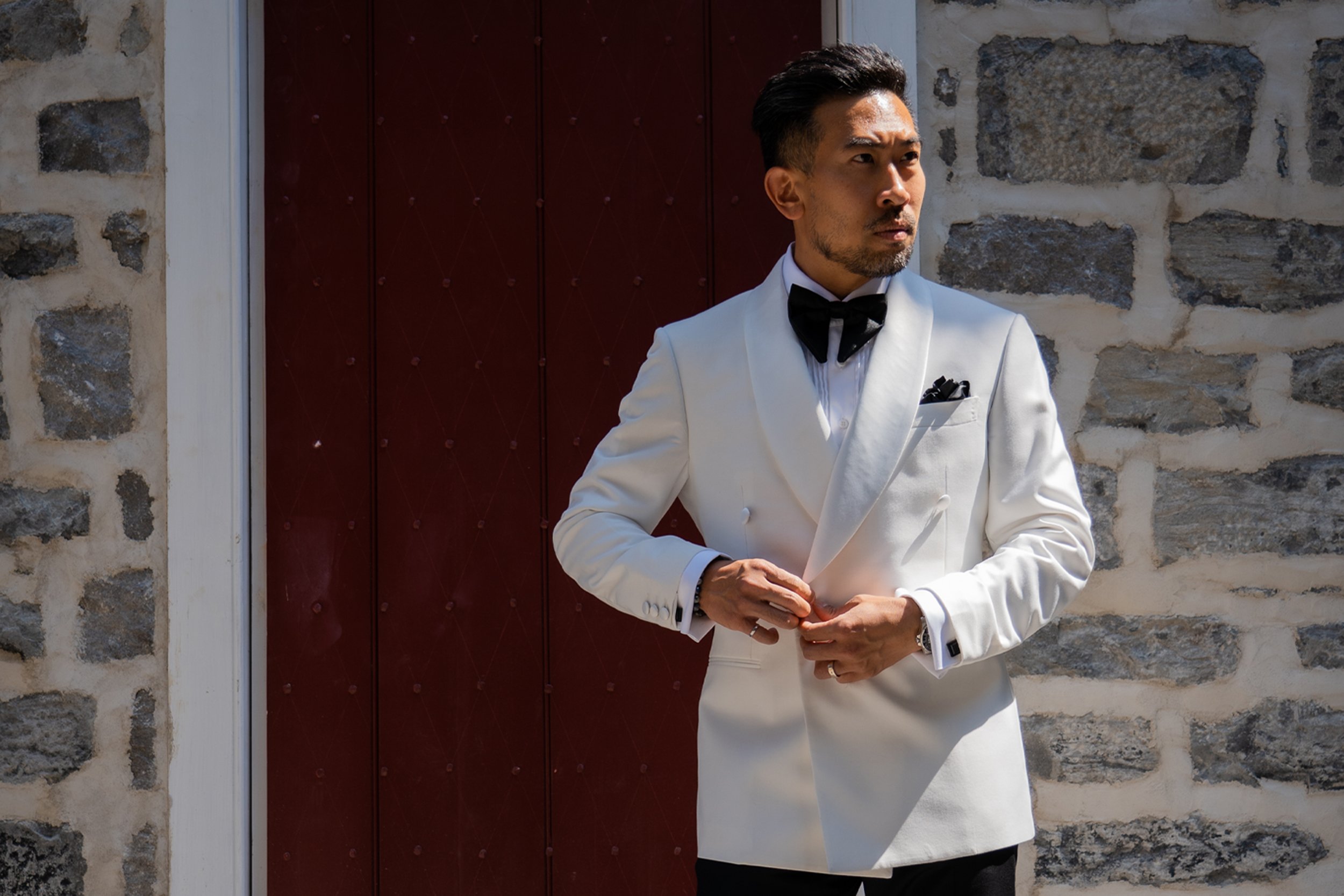
Choosing the Right Lapel and Jacket Style
The lapel defines a tuxedo’s personality as much as its structure. A notch lapel offers a relaxed, contemporary touch for men who appreciate modern design. The peak lapel, with its pointed shape, commands attention through its sharp, traditional lines. Meanwhile, the shawl collar-smooth and rounded-is the epitome of black-tie sophistication, flattering across body types and timeless in its appeal.
Jacket construction carries equal weight. The single-breasted tuxedo is the most versatile, suited to nearly every body type and event.
The double-breasted style, more structured and formal, emphasizes broad shoulders and a confident silhouette-ideal for taller or more athletic frames. In essence, both choices should reflect not only the formality of the occasion but also the confidence of the man wearing them.
Fit and Tailoring: Where Perfection Lies
Even the most luxurious tuxedo loses its impact without proper fit. Shoulders should sit cleanly with no puckering, the jacket should cover the seat without extending too long, and the sleeves should reveal just a hint of the shirt cuff. Trousers ought to drape cleanly with little to no break, maintaining a sleek, uninterrupted line.
Tailoring is non-negotiable. A tuxedo that fits your frame precisely will always outshine one that simply carries a designer label. It should move with you effortlessly, maintaining its structure while projecting quiet confidence.
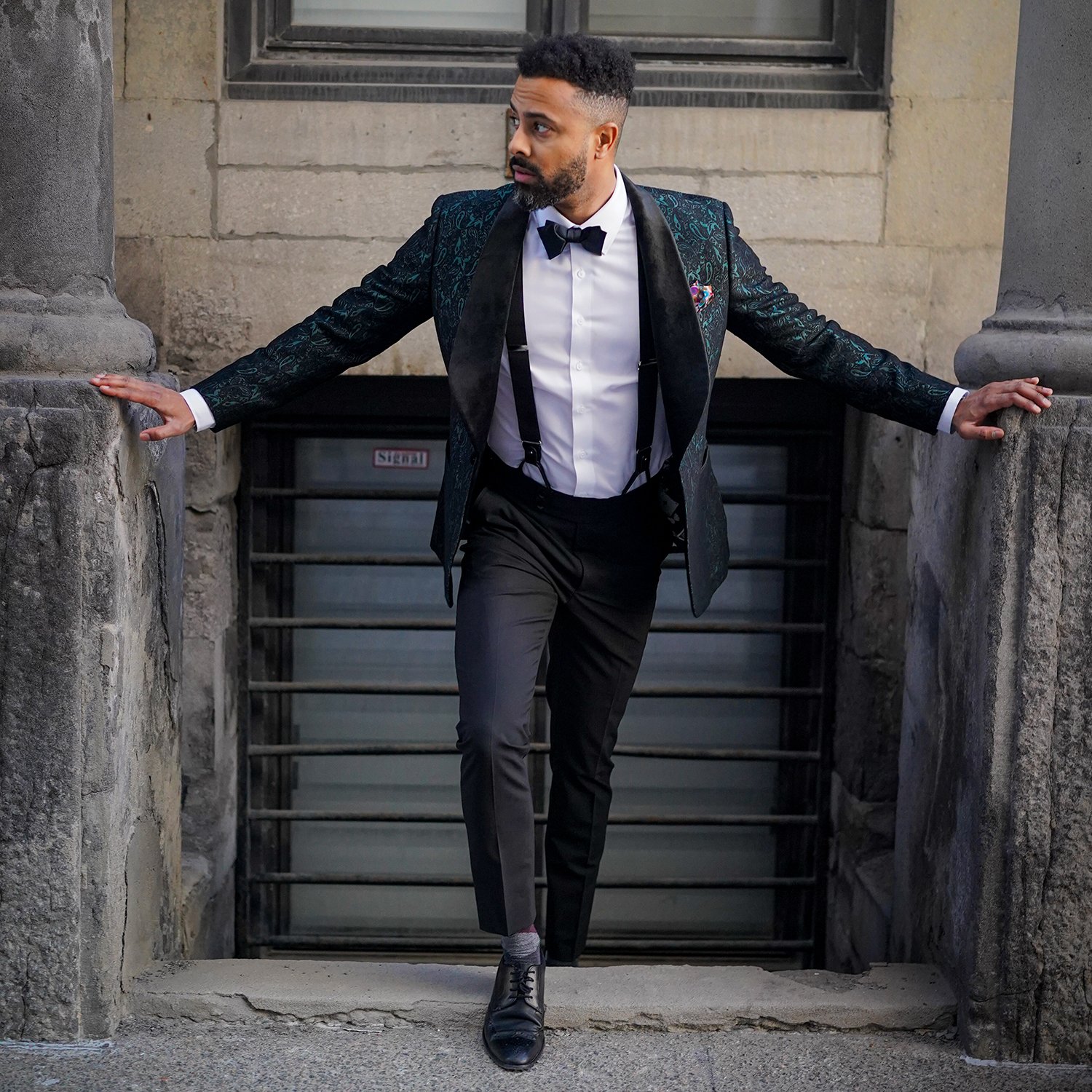
Fabrics, Weaves, and Formality
A tuxedo’s fabric is as important as its cut. Traditional choices such as worsted wool or barathea offer durability and a refined matte finish, while mohair blends add a slight sheen suitable for formal evening light. Velvet and jacquard weaves bring a touch of luxury and depth for creative black-tie occasions.
When selecting a fabric, consider the season and setting. Heavier materials work well for winter formality, while lightweight wool or mohair is ideal for warmer climates. The goal is to maintain comfort without compromising sophistication.
Styling Your Tuxedo: The Finishing Touches
A tuxedo comes alive through its details. A white dress shirt-pleated or with a bib front-remains essential. Pair it with a black silk bow tie, ideally self-tied to maintain authenticity, and polish the look with patent leather Oxfords or velvet loafers. A crisp white pocket square, understated cufflinks, and black dress socks complete the ensemble.
Resist the temptation to over-accessorize. The power of a tuxedo lies in its simplicity: everything has purpose, nothing is excessive.
Caring for Your Tuxedo
A tuxedo is an investment meant to last for years, even decades, when treated properly. Always dry-clean it after significant wear, steam rather than iron to preserve the fabric, and hang it on a wide wooden hanger to maintain its shape. Store it in a breathable garment bag-never plastic-to allow air circulation. A well-kept tuxedo not only endures but matures gracefully over time.
The SUITABLEE Perspective
At SUITABLEE, we believe a tuxedo is far more than a garment-it’s a declaration of elegance, confidence, and personal pride. It’s something a man wears not out of obligation but from an understanding of occasion and tradition. Whether you choose a classic black tuxedo, a crisp white dinner jacket, or a velvet statement piece, it should feel like an extension of who you are.
A tuxedo is never casual, but it should always feel effortless. When tailored well, it doesn’t just make you look sharp-it makes you feel extraordinary. And that, more than anything, is what defines true style.
Explore SUITABLEE’s Custom Tuxedos - Schedule your Virtual or Showroom Appointment and experience the confidence of wearing a tuxedo tailored precisely to your style and occasion.
Share on Facebook
Share on X
Share on Pinterest
Comment(s)
Available in:
English (US)
(Current)
French (France)
Available in:
English (US)
(Current)
French (France)
Categories
- Fits & Fabrics (6)
- Style Guides (6)
- Wedding Style (6)
- Trends & Inspiration (4)
Recent Posts


